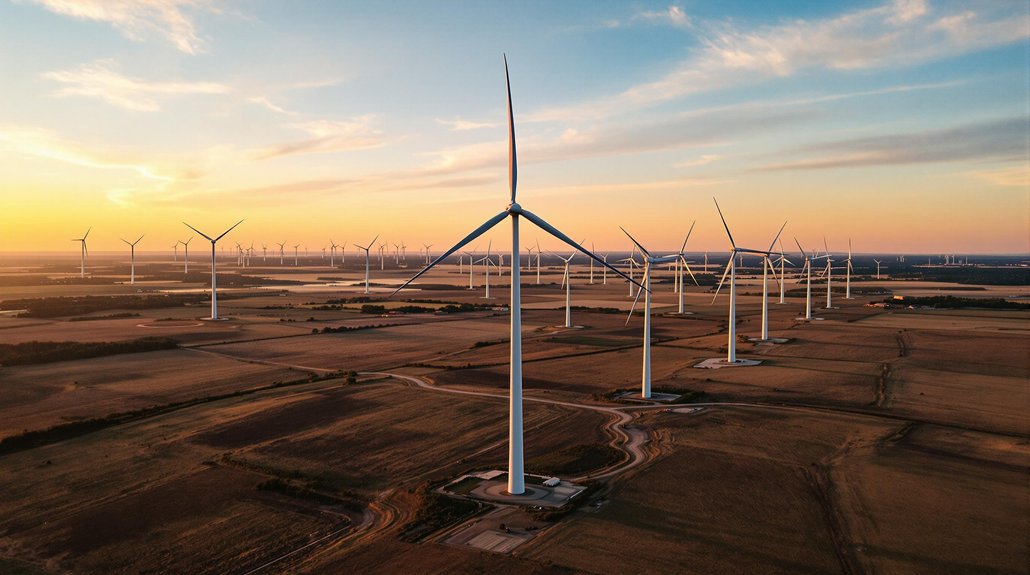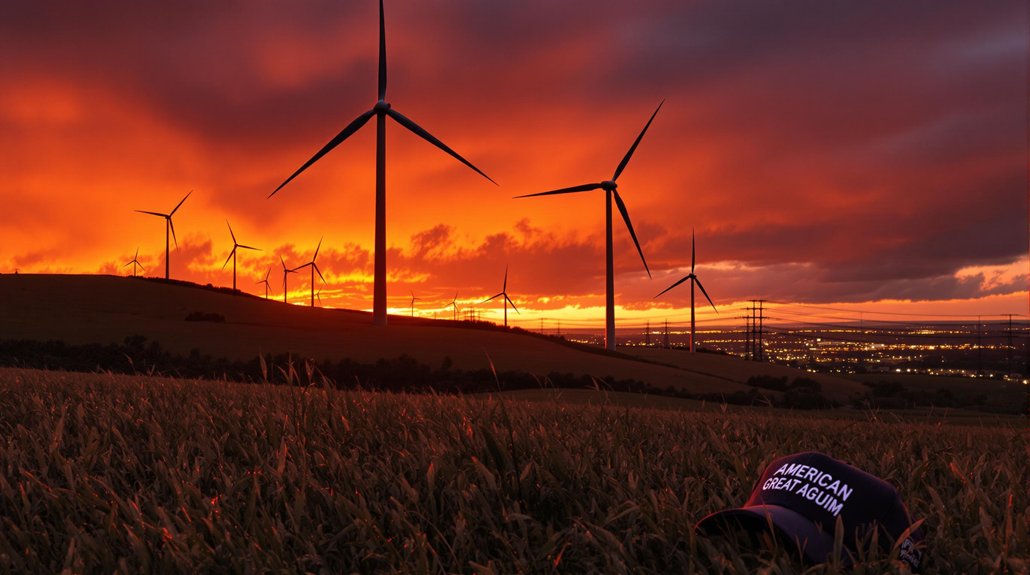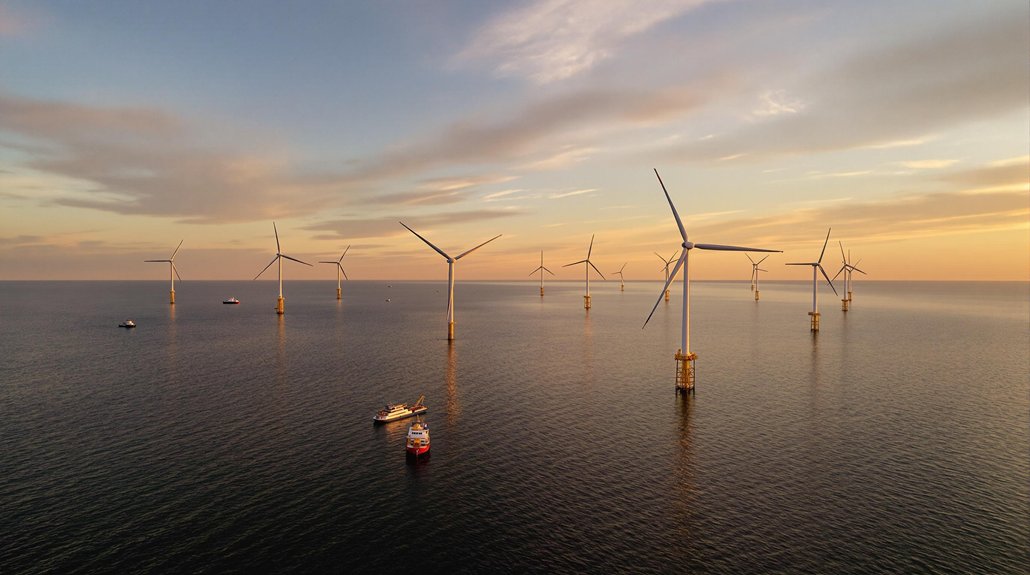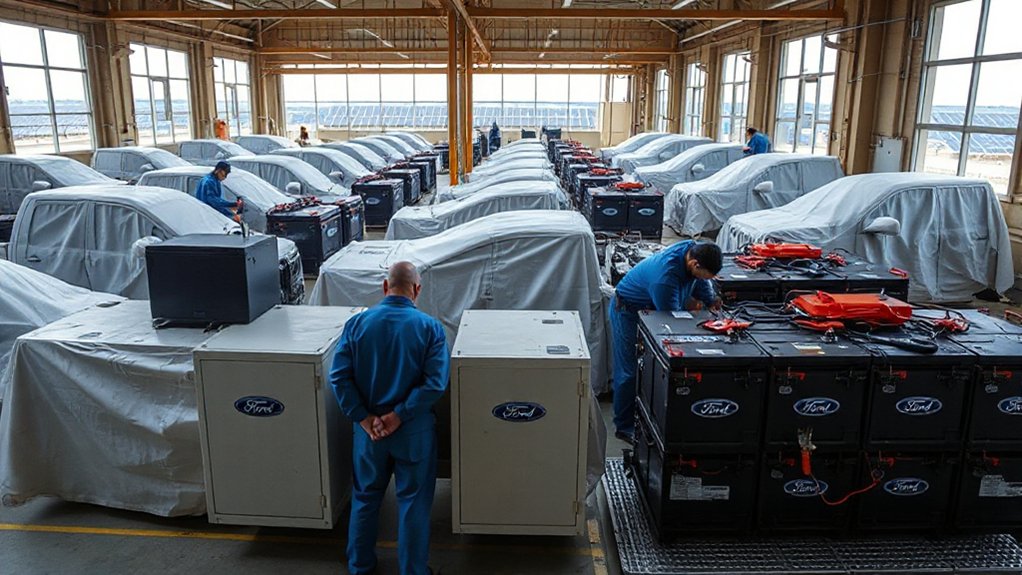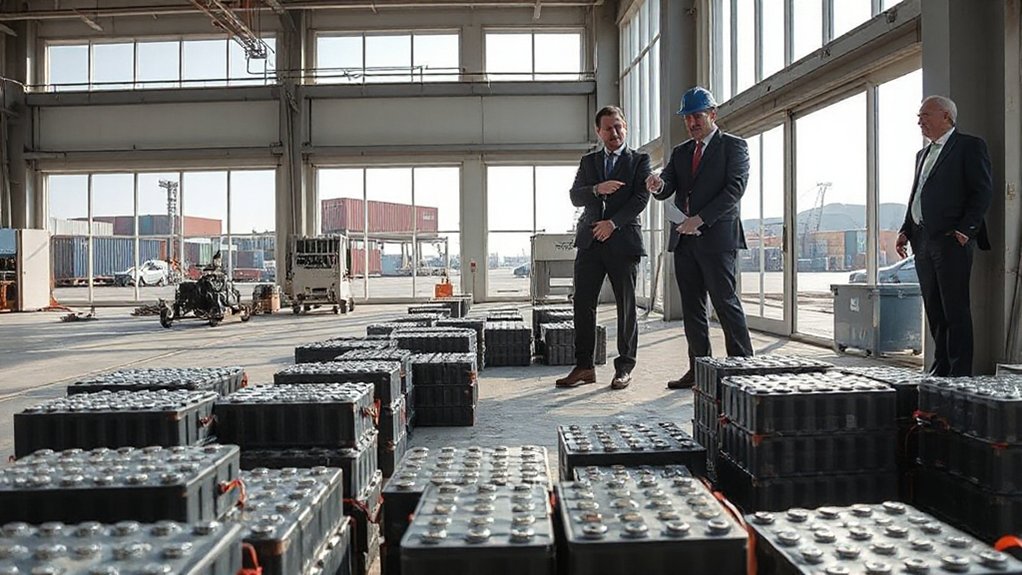President Trump’s executive order pausing new wind projects has prompted analysts to cut U.S. wind energy growth forecasts by 40% through 2030. The directive halts development on federal lands and waters, creating widespread uncertainty for investors and developers. Major projects have been suspended while proposed tariffs could increase turbine costs by 7%. Annual installations may decrease by 3-9% through 2028. The industry now navigates between short-term activity from existing legislation and longer-term challenges.
After President Trump signed an executive order pausing new wind energy projects, industry analysts have cut their forecasts for U.S. wind power growth by 40% through 2030. The January 20, 2025 order halted both offshore and onshore wind development on federal lands pending a thorough review of these projects.
The executive order suspended a major wind project in Idaho and stopped new or renewed wind leases in parts of the Outer Continental Shelf. Federal agencies including the Department of Energy and Environmental Protection Agency can’t issue permits, leases, or loans for wind development during this review period.
This policy shift has created significant uncertainty in the renewable energy sector. Industry surveys reveal that many developers and investors are hesitating to move forward with planned projects. The slowdown comes from a combination of paused projects, regulatory reviews, and long-term market uncertainty.
Adding to these challenges, Trump’s proposed tariffs could increase onshore wind turbine costs by about 7% and raise overall project costs by 5%. These cost increases might reduce annual new wind capacity installations by 3% to 9% through 2028. If these tariffs remain in place, experts project a 20% to 30% reduction in deployment after 2028.
Domestic manufacturing could help offset some tariff impacts, but building up U.S. production capacity requires substantial investment and time. Onshore wind might face fewer disruptions than offshore projects since it relies less on imported components. This comes as the U.S. solar sector has seen impressive growth with battery storage capacity nearly doubling to help address intermittency concerns.
The wind industry now faces dual pressures from policy uncertainty and international competition, particularly from Chinese manufacturers who benefit from government subsidies. The executive order comes at a time when wind energy had reached significant milestones, with installed capacity increasing from just 2.4 GW in 2000 to over 150 GW by early 2024. Some industry leaders expect companies to shift their focus to international markets with more stable renewable energy policies.
According to Wood Mackenzie’s report, the wind industry requires political stability for sustainable growth despite the short-term boost from IRA provisions. Projects that secured orders under the Inflation Reduction Act in 2023 may provide some short-term activity, but they won’t be enough to counteract the projected long-term slowdown in U.S. wind energy growth.


